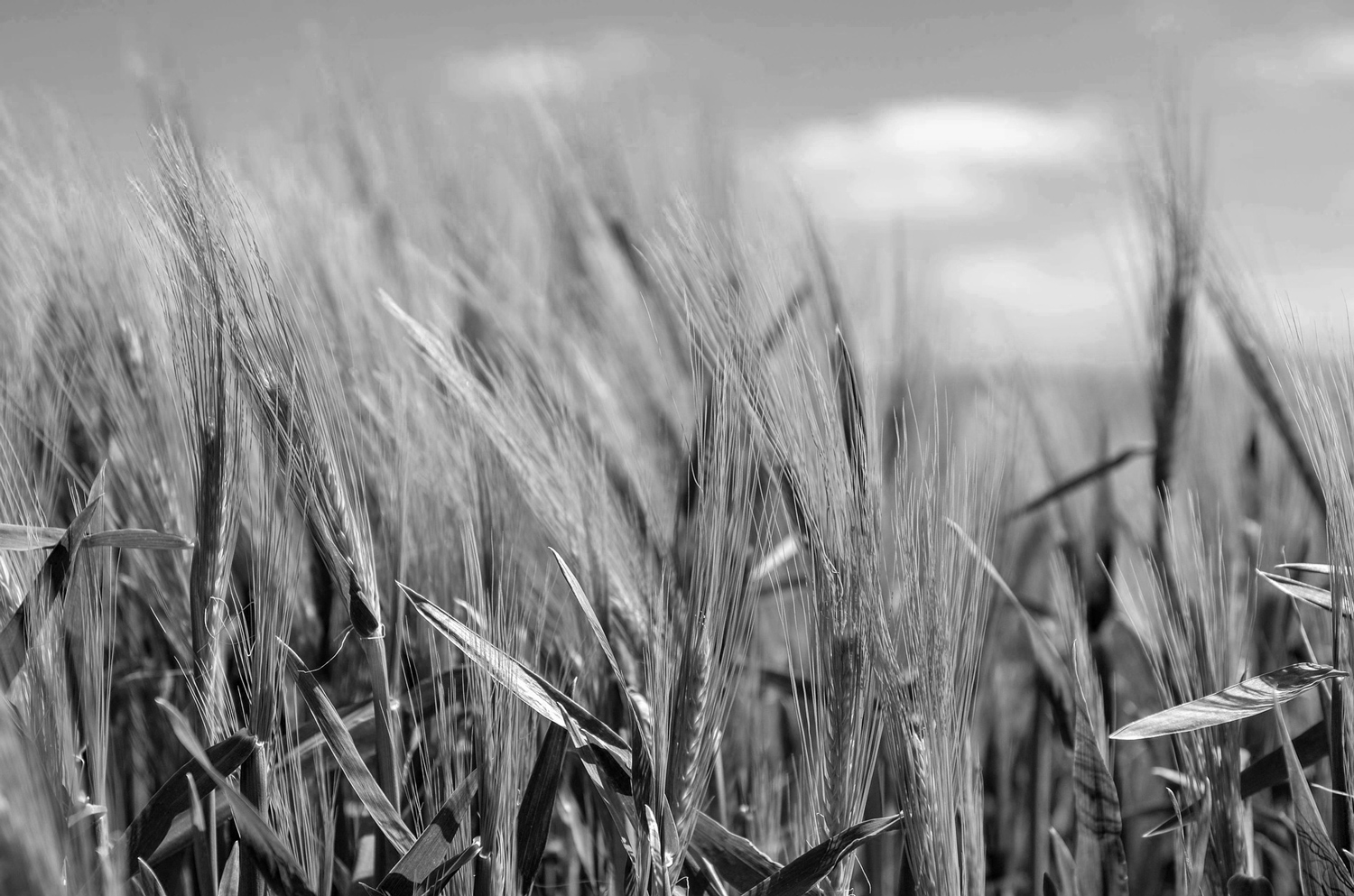By Todd A. Doehring
The Farm Financial Standards Council (FFSC) recommends 21 financial measures as part of its Financial Guidelines for Agriculture. A previous post looked at the Current Ratio (a measure of financial liquidity), and in this post we’re going to look at another measure of liquidity, “Working capital as a percent of gross revenues.”
The working capital to gross revenues measure (WC/GR) is a relative newcomer in financial analysis. Its primary benefit is measuring the amount of working capital needed, or to specify the size of working capital requirements. And, it helps determine this amount based on the total revenue (or sales) from an operation.
The FFSC defines liquidity as “…the ability of a farm business to meet financial obligations as they come due in the ordinary course of business, without disrupting the normal operations of the business.” Page III-2, Financial Guidelines for Agriculture, 2015. To paraphrase, liquidity is the ability to pay monthly bills, meet payroll, repay scheduled debt, etc. from current assets, without needing to sell business or investment assets to generate cash. This financial measure is used by many agricultural lenders as part of analyzing borrower creditworthiness.
WC/GR is computed by dividing working capital by gross revenues, and provides a percentage value that shows how large working capital is relative to gross (or total) revenue. Gross revenue is not the same as total cash receipts or gross income from a Schedule F. Rather, gross revenue is an accrual-based concept that measures the amount of revenue earned during a period, which is almost always different than the amount of cash received during a period.
A WC/GR measure of 20 percent or higher could probably be considered adequate, depending on the type of agriculture and the composition of current assets and liabilities. When price volatility is high, or revenue is expected to decline (as crop agriculture is experiencing presently), a higher percentage is obviously warranted. So, if an operation has revenue of $2,000,000, then the amount of working capital should be $400,000 ($2,000,000 X 20 percent) or higher, but even more (25 percent – 30 percent of gross revenues), would be advised when headed into a period of low income.
The WC/GR is relatively easy to compute and helps a business determine the amount of working capital they should be carrying. To learn more about this and other financial measures, you are encouraged to obtain a copy of the “Financial Guidelines for Agriculture” by visiting the FFSC web site at www.ffsc.org.
Todd A. Doehring is a Consultant and Director with Centrec Consulting Group, LLC, located in Savoy, IL, working within the food and ag sector. Todd works with producers and lenders in the ag finance, operations, and technology practice areas and also teaches a course at the University of Illinois on developing financial spreadsheet models and applications.


